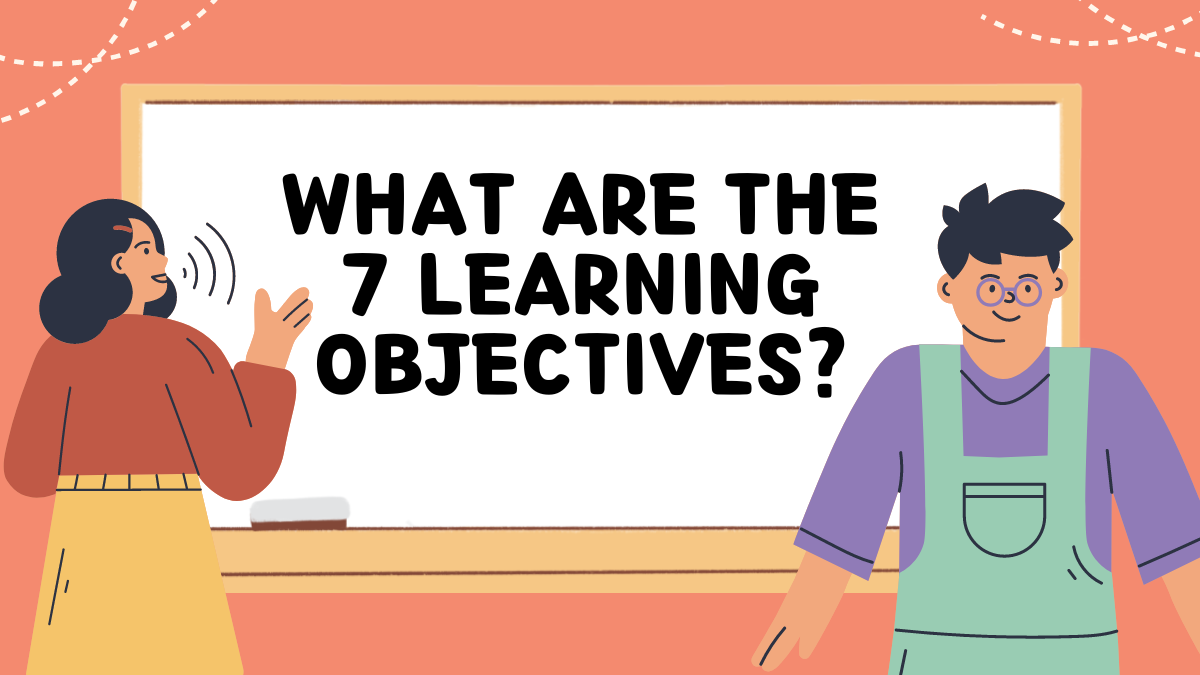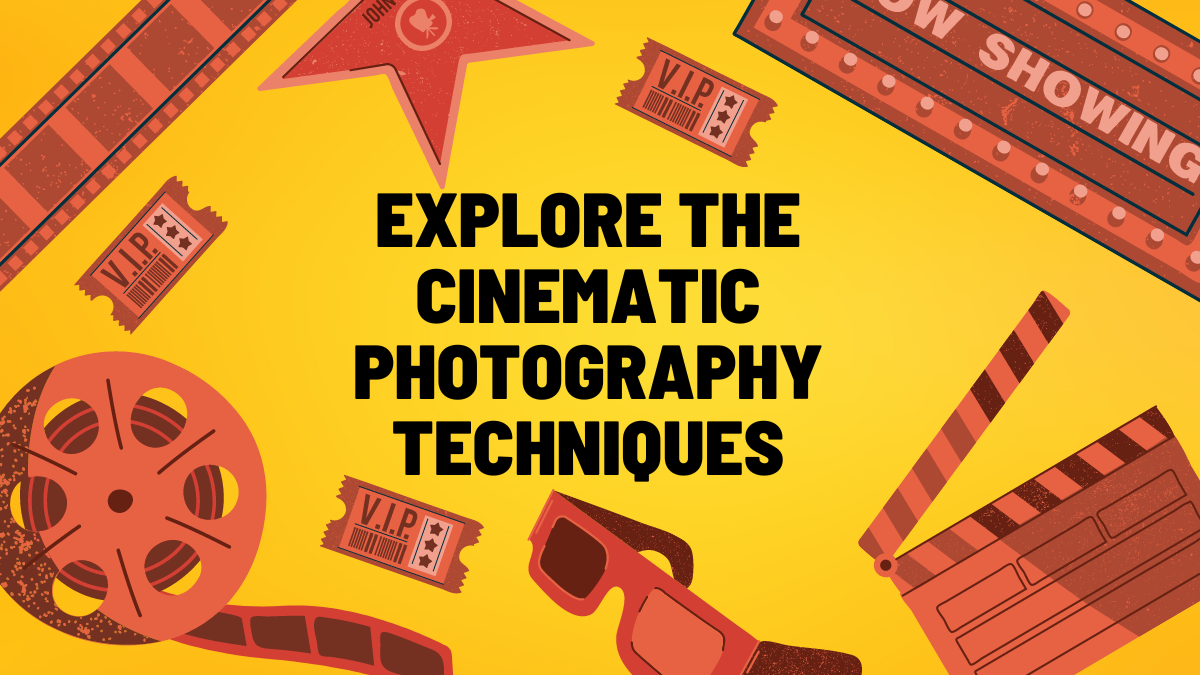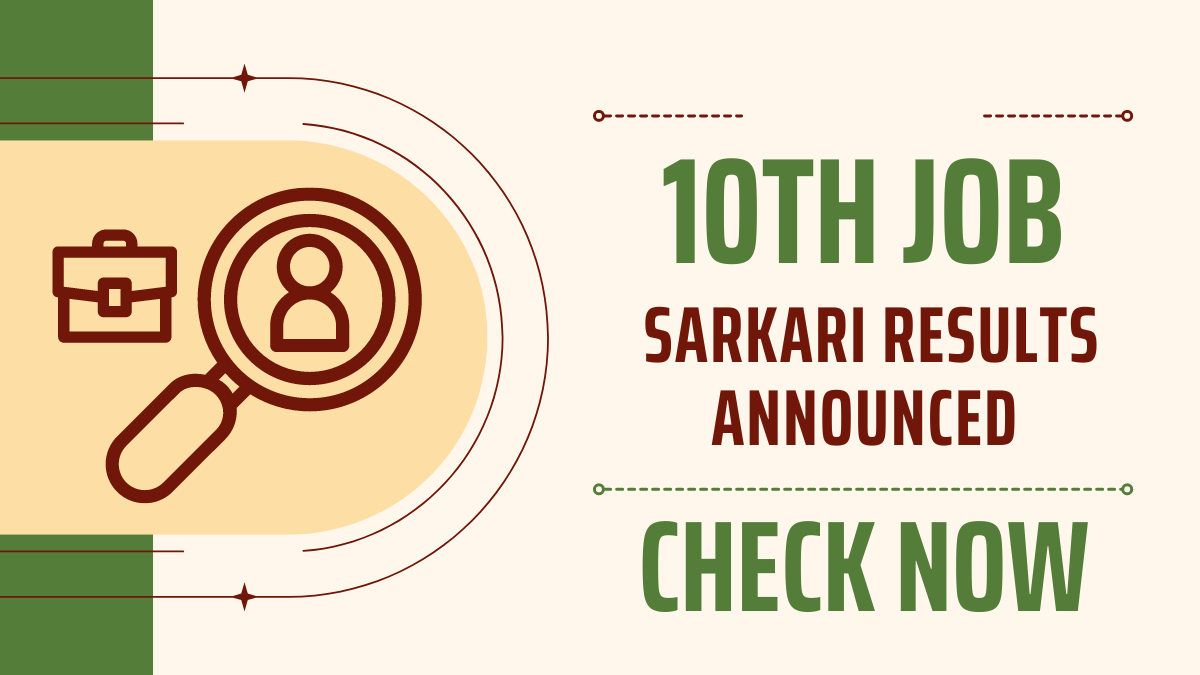
In the education process, the 7 learning objectives play a very central role. They give a guideline to practitioners especially the teachers and students on what they are expected to achieve via the educational process. 7 Learning objectives are greater than goals; they are statements that define what a form of education intends to achieve in specific measurable terms of knowledge, skills, and beliefs.
Table of Contents
The following 7 learning objectives will therefore be discussed in this blog to provide the reader with more understanding about different learning objectives that are fundamental in daily practice in different learning environments; These are; These objectives aim at the learners’ developmental balance in cognitive, affective, and psychomotor aspects. These objectives help educators at least in providing learners with more effective educational experience, and the learners themselves at least in gaining a clear understanding of their odyssey.
1. Knowledge Acquisition
It is for this reason that definition of knowledge as the core of 7 learning objectives can be rightfully advanced. It involves the process through which information, concepts, fact, and principles that relates to the content being taught are assimilated. It is always the first to achieve when 7 learning objectives because it lays down the background information that one needs before going further in learning.
Why It’s Important: This is important as it helps learners to develop a basic understanding of what they are expected to learn about a specific subject. This can also be said of analysis, synthesis or evaluation; one cannot get to higher forms of learning without having a good foundation.
Examples in Education:
• In a history class, the way knowledge is built may require the student to master information such as; events, dates, and individuals.
• In a Science class it might be meanings of terms such as the laws of motion or the periodic table.
Teaching Strategies: In order to help the learners acquire the knowledge efficiently educators can use such approaches as lectures, reading assignments as well as multimedia. Quizzes and flashcards can also be also useful in review to reinforce this kind of thought process and information.
2. Comprehension
If knowledge is attained then the next goal is comprehension. This includes not only answer to a question in a form of an opinion but ability to explain it and link it to other opinions and facts. Comprehension is all about understanding what has been said and or read and the ability to put it into one’s own words.
Why It’s Important: It makes sure that the learners are not only able to reproduce information in an exam but also understand concepts. This deeper understanding is essential to know how to use it in the world today or in other contexts.
Examples in Education:
• In mathematics, comprehension may be summed up by the ability to grasp the rationale for a certain formula and the circumstances that make its use necessary.
• In literature it may include analyzing an interpretation of the themes and or meaning of the novel.
Teaching Strategies: In order to improve understanding, discussions can be carried out by the teacher, and concept mapping and concept solving activities done can be employed. Teachers can also select and use the ‘teach back’ method whereby students have to explain concepts in their own understanding or come up with a way to teach others also help reinforce the concepts.
3. Application
Application entails the utilization of the knowledge that has been taught and knowledge comprehending in practical real life scenarios. This 7 learning objectives is very important because it shifts learning from the abstract to the concrete and makes the learners able to appreciate the relevance of what has been learnt.
Why It’s Important: Application is in-between of 7 learning objectives and doing because it is a phase where one has to put into practice what he/she has learnt. That is where theory comes in handy because, through it, learners are trained on how to apply the knowledge they have gained in problem solving, decision making and performing tasks.
Examples in Education:
• When learning application in other classes for instance a computer science class, this could entail writing a program coded on the principles that have been learned.
• In a business subject, it can be preparing a marketing strategy derived from knowledge and understanding of market trends and customer psychology.
Teaching Strategies: For application, it is recommended that the educators adopt case histories, modeling and project work. Another type is assignments that simulate certain real-life situations and that enable students to apply their knowledge.
4. Analysis
A common strategy, analysis entails dissecting information into its components so as to decipher their inter-connectivity and to the whole. This type of objective is a little bit higher in terms of cognitive demand and is a key for student’s critical thinking.
Why It’s Important: Problem Solving and decision making requires analysis. It enables the learners to analyse issues, identify factors that led to a particular problem and then judge other elements in the topic based on their knowledge.
Examples in Education:
• In a biology course, analysis can point to considering the hierarchical organization of the cells, and how each component contributes to the functionality of the cell.
• In a social studies class, it could entail using maps to identify and describe the changes that took place in societies.
Teaching Strategies: Some activities that might be employed by educators in order to enhance analytical skills include; data analysis, critical reading and debates. Another way of promoting analytical thinking is by challenging the learners to make parallelism between one concept or even between scenarios.
5. Synthesis
Synthesis means integration whereby child related information is integrated to come up with an entirely new information. This particular learning objective entails generation of multiple solutions and the capacity to find relationships between concepts. It is about aggregating new information from already existing information or knowledge base.
Why It’s Important: Integration is very crucial in invention and creativity. It allows learners to create something new such as ideas, solutions or products as a result of combining different ideas or concepts.
Examples in Education:
• In a writing course, synthesis might refer to the development of a new way of writing, that is developing an original essay from different themes and styles of writing.
• In an engineering class, it means the application of several technological concepts to design a new product.
Teaching Strategies: To encourage synthesis, learners should be given tasks to accomplish which would involve creativity for instance, designing a new product, writing a research paper or making a multimedia presentation. Consolidation can also happen from brainstorming meetings and group projects where pupils are able to discuss ideas.
6. Evaluation
In evaluation, decision and decisions are made on the merits or worth of something or a program in respect to certain set criteria or standards. This 7 learning objectives is about evaluating ideas, solutions or performances and deciding for their correctness.
Why It’s Important: It was also found that the evaluation has played a crucial role in the aspects of quality assurance and enhancement. It enables learners to give and receive constructive feedback and thus come up with better results and sustainability.
Examples in Education:
• In a business course, evaluation might involve the comparison of a commonly used marketing strategy based on the extent of sales recorded as well as customer satisfaction.
• In a health sciences class, it may refer to the comparison of the efficacy of various treatment strategies of a particular ailment.
Teaching Strategies: In order to build skills for evaluation in teachers, the best practice that can be employed include peer assessment, self-assessment as well as using assessment checklist with clear indicators of success. The same is achieved when explaining to the students why they should support their evaluations and decisions with proof also promotes pursuit of this 7 learning objectives.
7. Creation
Creation sometimes referred to as the last level of learning enables a person to come up with new products, ideas or even methods of working. I consider this as the learning objective that is about innovation and the use of all previous 7 learning objectives in coming up with something new.
Why It’s Important: Generation is the final product of 7 learning objectives, it’s the application of what has been learned along with knowledge, skill and imagination to produce something original. It is very important in the pursuit of advancement in any area of functioning, and progress and innovations.
Examples in Education:
• In a music class, creation could include writing a new song for example, and this is normally taught through modeling.
• In a technology course, it can be creating a new application or a program, for example.
Teaching Strategies: To foster creativity, then, educators can offer possibilities for loose ends assignments, creativity tasks and multi-disciplinary assignments. Teacher training is also critical in ensuring creative 7 learning objectives as it should encourage the students to be free and support them to develop their concepts and take risks.
How the 7 Learning Objectives can be Incorporated in the Class
Nevertheless, each of these 7 learning objectives is unique with the understanding that they are related. In a good educational system, these objectives normally work hand in hand in order to deliver an all round learning process. For instance, in a given project, a student will need to search for information, understand the information, use the content in practical situations, make conclusions and evaluations, develop ideas based on preceding work and assess their performance.
Application of the 7 Learning Objectives in Classroom Setting
It is worthwhile knowing the 7 learning objectives but applying them in education is quite another thing. Here’s how educators can practically implement these objectives in various contexts: Here’s how educators can practically implement these 7 learning objectives in various contexts:
1. Curriculum Design: There are 7 learning objectives which educators should aim at covering while designing a curriculum. For instance, a subject like science could progress through acquisition of knowledge where students are instructed on various facts in science, followed by comprehension of concepts in science, application in that they are expected to perform experiments among other stages that include creation in that the learners is expected to design his/her own experiments or projects.
2. Lesson Planning: In fact, a lesson plan, when written, can accommodate several lesson 7 learning objectives per lesson. For instance in a history lesson, the teacher may give a lecture (knowing) and then a question and answer session (understanding), a historical case study (applying), analysis of some historical events in groups (analyzing) and end up with a writing competition where students write historical fiction (synthesizing and creating).
3. Assessment: Thorough assessments means implementing the Bloom’s taxonomy of operations in that students should be expected to demonstrate their understanding, the ability to apply knowledge, analyze, synthesize and evaluate. For instance, while quiz in a given subject, such as history may cover factual comprehension, in a test, it may entail questioning the subject in a manner that calls for analysis and evaluation or a project that will entail synthesis and creation.
4. Teaching Methods: 7 learning objectives techniques used in the classroom can be used for various learning outcomes that are desired. For example, if the instructor’s aim is to convey new knowledge, a lecture or reading can be appropriate forms of instruction while if the goal is to improve understanding and the ability to analyze a situation, discussion and problem-solving activities are preferred. Application, research and problem solving activities can be addressed through case analysis or simulations while abstract activities such as mapping and design can be addressed through mapping.
5. Student Engagement: Student involvement is important all through the learning process form receiving instructions to putting into practice what they have learnt. To promote active participation of students, the educators should adopt various approaches and assessments and which directs learning towards 7 learning objectives outcomes. This not only makes students to be more involved but also enhances the development of variety of skills among the learners.
This paper looks at the seven learning objectives and the challenges likely to be encountered in implementing them as follows:
Although the education is outlined by the seven learning objectives presented above, putting them into practice may be quite difficult. Here are some common challenges and how they can be addressed:Here are some common challenges and how they can be addressed:
1. Balancing Objectives: It can prove quite challenging to achieve all the seven objectives within a given period while dealing with content laden subjects. The objectives need to be planned and sequenced accordingly, thus maintain the appropriate direction and placing the key thinking skills such as analysis, synthesis and evaluation at the center.
2. Assessing Higher-Order Objectives: Evaluation of higher-order learning outcomes such as synthesis and creation may be viewed as more difficult as compared to exploring knowledge and comprehension. It is demonstrated that using clear criteria and the evaluation by the peers can make the assessment fair and non-subjective.
3. Student Readiness: Some of the student’s may not be ready for higher order learning objectives at the same instance. One way of addressing this is by modifying and varying activities according to the capability of the kids so that every child will be engaged in tasks that fit his/her aptitude.
4. Resource Constraints: As regards measurable objectives some of them applied, merge, create could be limited by lack of opportune resources. This is a challenge that educators can meet by finding innovative ways of working round constraints, using what is available in terms of technology, and looking for possibilities of partnership with other members of the community or applying for grants.
Visit Website Blog :- Click Here
Also Visit :- Telegram
Conclusion
The seven misconceptions of 7 learning objectives, namely the knowledge, comprehension, application, analysis, synthesis, evaluation and creation knowledge are basic in education. It’s time to implement all of the above-stated objectives so that to develop the learning process as being not only informative but also inspirational. These objectives help to steer the learning process as they help the students in achieving a sound well rounded understanding of the topic area, as well as the practical competencies needed to successfully apply the knowledge gained in the real world.




